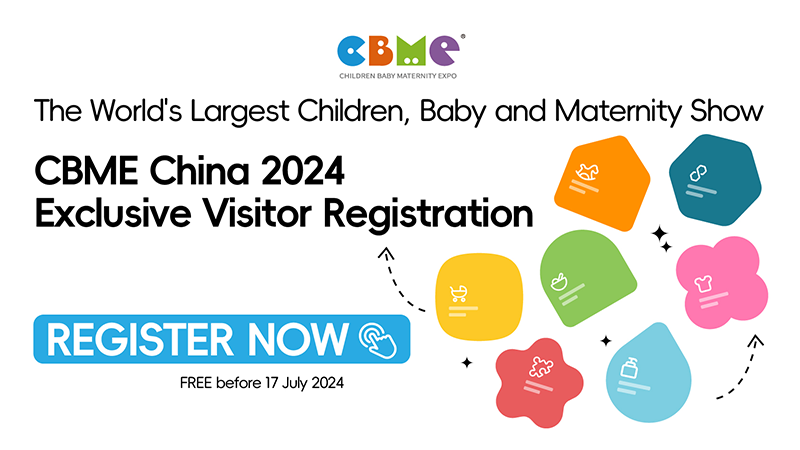By Kantar
COVID-19 has been a disrupting force for the FMCG industry during 2020, but despite this the top 22 companies in China added 82 million more consumers compared to last year, indicating trusted companies have emerged from the crisis stronger than before.
The latest data from Kantar Worldpanel shows that 22 Fast Moving Consumer Goods (FMCG) companies attracted over 100 million urban Chinese households during the 52 weeks ending October 9th 2020, with Yili, P&G and Mengniu each attracting more than 160 million families. Yili group, who rose to the top spot of the first time, was chosen by 92.2% families in urban China.
In terms of growth rate, Shuanghui, Haday, PepsiCo, Master Kong and Wilmar are top 5 risers, posting the fastest gains in consumers compared to the rest of the league.
“Despite challenges with COVID-19, 19 out of the top 22 companies in China grew their shopper base, demonstrating there are ample growth opportunities for even the biggest players.” said Jason Yu, General Manager of Kantar Worldpanel Greater China. “The disruption caused by the pandemic has impacted different sectors, yet successful players have managed to respond rapidly to changes in consumption needs and shopping behaviour.”
Riding the new waves of opportunities
COVID-19, the most unexpected factor in 2020, transformed the FMCG market dramatically. Dairy players, such as Yili and Mengniu group, have won more consumers because their products are well placed to take advantage of the increased importance people have put on health and immunity.
With restriction on travelling and more time spent at home, consumers in China enjoy more moments of home-cooking. This has enabled seasoning and cooking aids category leaders, such as Haday and Wilmar to thrive and obtain faster growth.
Driven consumers’ need for pantry stock up and convenience, Shuanghui, Master Kong and Uni-President grew their customer base through packaged sausage/meat and instant noodles.
On the non-food side, hygiene conscious consumers are buying more cleaning related products such as hand wash and anti-bacteria wipes to protect them from the virus. This trend also helped to boost buyers of P&G, Unilever and Hengan etc.
O2O – a game change in offline retail
As the footfalls to offline stores fell during and after the pandemic outbreak, 41% of Chinese families ordered FMCG through delivery platforms and retailers’ own APPs and mini-programs. Despite the decrease in penetration in Q3, O2O (online to offline delivery) still attracted 31% of the families in China.
O2O has played a critical role in recouping lost traffic in offline stores and tapping into the new growth ‘moment’. All major players are rallying to work with retailers to build their presence in the last 12 months, with Yili, Mengniu and P&G leading the pack.
Ecommerce channel instrumental to bringing new shoppers
Pure-play Ecommerce (excluding O2O) remained a major driver of FMCG growth in China. In the last 12 months, 85% of Chinese families bought FMCG through the Ecommerce channel, almost 20pt higher than previous year.
Kantar Worldpanel reveals that leading players can only sustain growth through wider and deeper Ecommerce deployment. Yet there is still opportunities for expansion of in the offline world.
Shuanghui, a traditional food brand, attracted 4.6 million new buyers through e-commerce, but 8.9 million is coming from offline. In total, Shuanghui increased its consumer base by 10.1 million. This shows that shopper growth from offline channels is far from reaching its ceiling yet.
Market leaders such as P&G, Yili and Mengniu are all enjoying strong shopper growth through online channels, as they try to make their products more accessible to Chinese consumers. Yet all of them enjoyed incremental shopper gains, indicating that manufacturers will have to build an effective omni-channel strategy in order to maximize their growth.
Unlash growth opportunities among lower city tier consumers
Lower tier cities in China reported even higher importance as the overall FMCG market was hit by COVID-19. As consumers in lower tier cities start to embrace short video and mobile commerce, more and more growth opportunities are emerging.
Tier 3-5 cities saw a faster growth by 2.7% in comparison to the smaller growth of tier 1-2 cities in 52 weeks ending October 9th 2020. Across the top 22 companies, consumer gains in lower tier cities accounted for 75% of their total buyer base expansion.
Master Kong, with over 80% penetration in total, still found room to grow its shopper base in lower cities to strengthen its position post the COVID-19 outbreak. Overall the company added 9.1 million more consumers, especially in counties. Similarly, Shuanghui also added 7.4 million households from lower tier cities in the latest 52 weeks.
About CBME
CBME is an established one-stop trade fair with nearly 20 years' experience of bringing together the movers and shakers in child, baby and maternity industry. Uniting top buyers, manufacturers, distributors, suppliers and sellers together under one roof in Shanghai, China annually. CBME hosts hundreds of quality industrial events, training events, private match making meetings. Awards and industry reports release all year around. As a gateway to key sourcing hubs for child, baby and maternity products and services, CBME now covers the most potential markets in the world and is regarded as a MUST-ATTEND show in the world where the key persons to share knowledge and create business opportunities.






